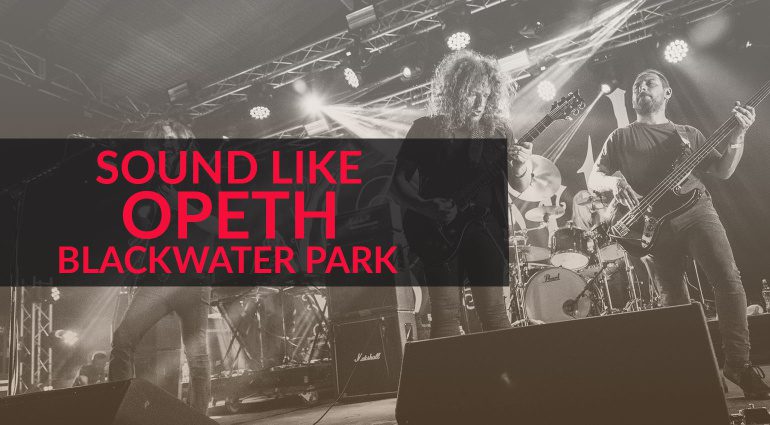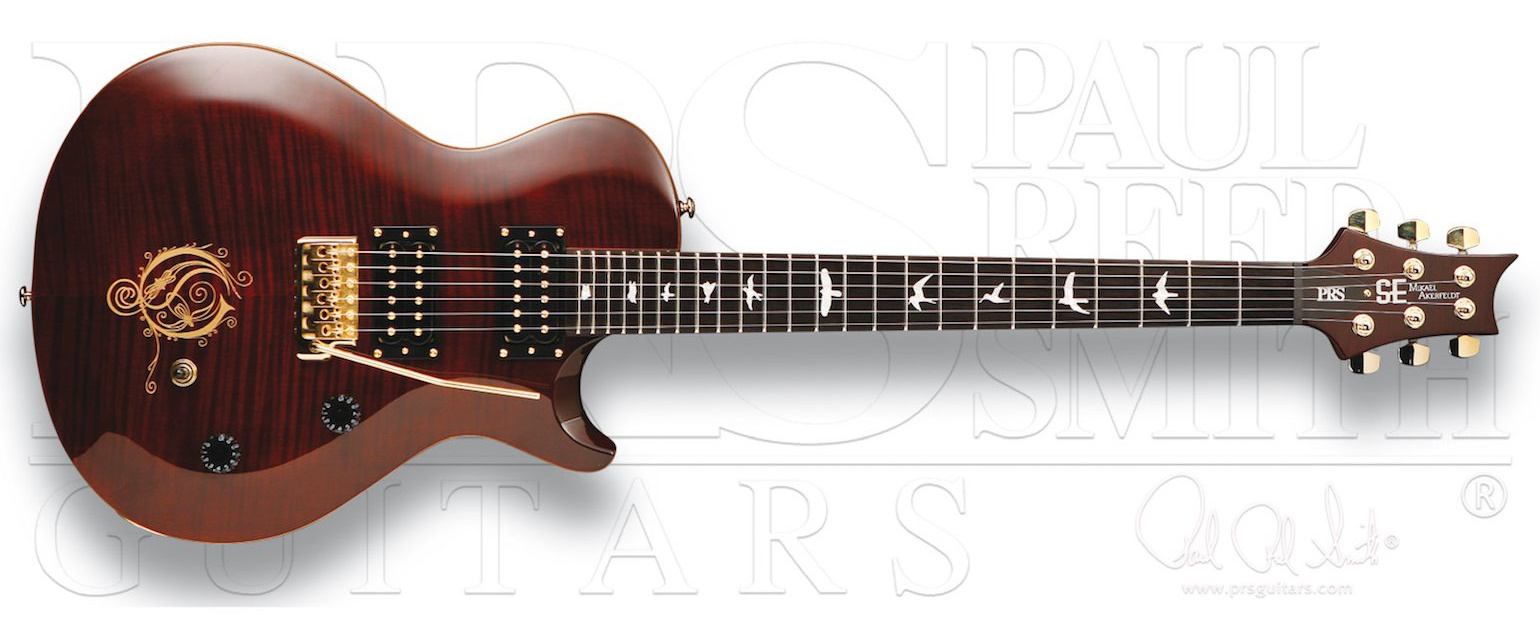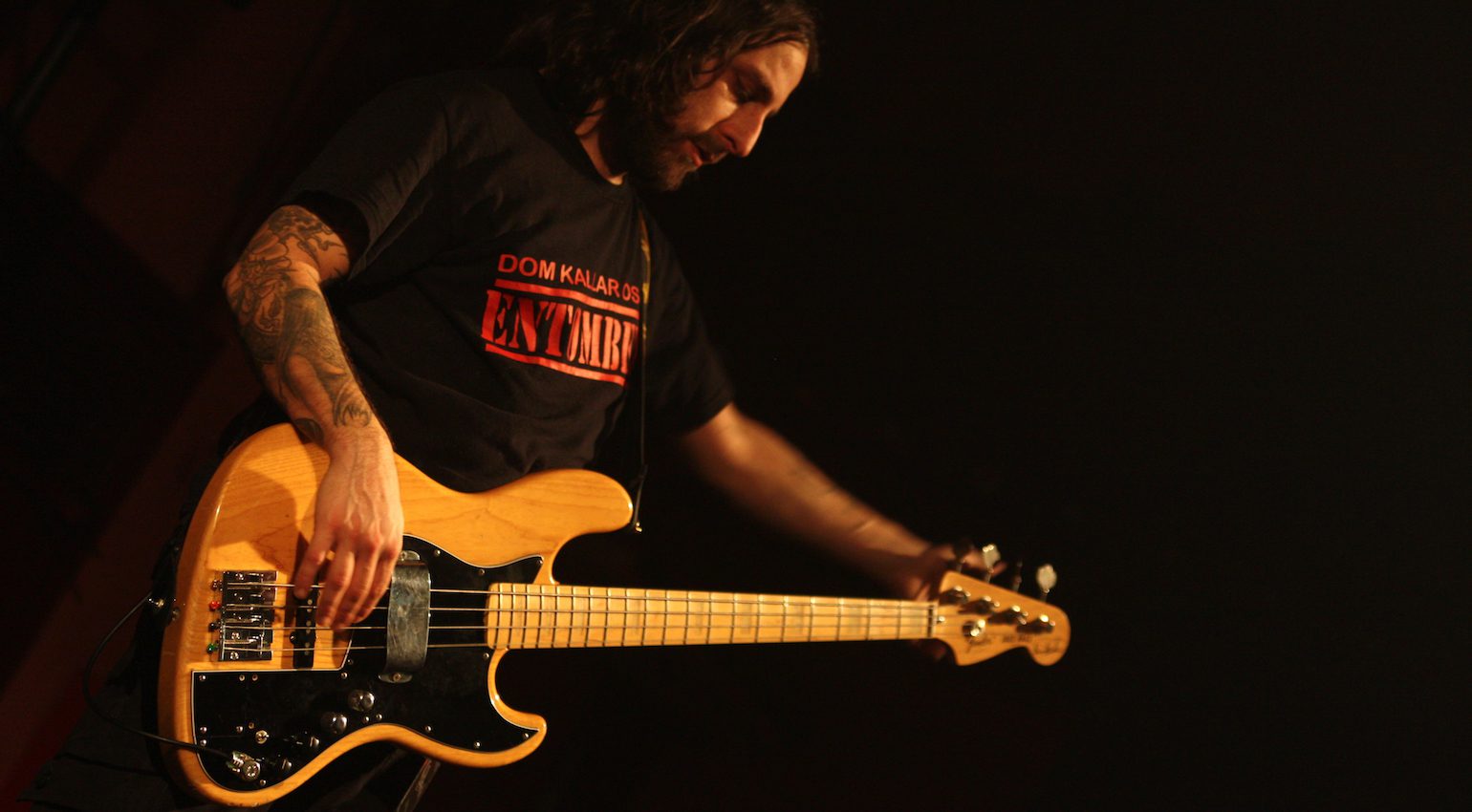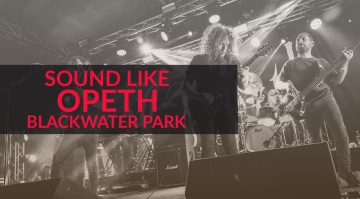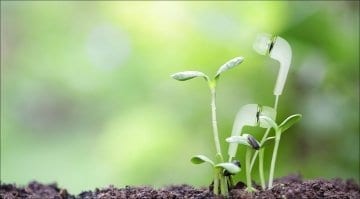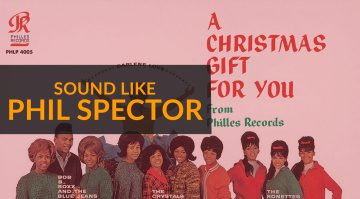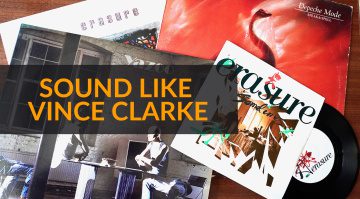How to Sound Like: Opeth – Blackwater Park
Opeth – Blackwater Park became a definitive record in the band’s history. Released back in 2001, it was their fifth studio album, bringing their sound to a far wider global audience. If you’re looking to replicate the prog-metal sound of this classic album, then read on…
Opeth – Blackwater Park: The Recording Process
As is the case with many bands, there is usually a single songwriter that acts as the creative driving force behind the formation of the music. In this case, it was Opeth’s Mikael Åkerfeldt who was responsible for playing this role at the time.
The band came to Studio Fredman in Gothenburg with four demos recorded, and with the help of engineer, Fredrik Nordström, and Steve Wilson of Porcupine Tree, they completed the recording over a six-week period from early August 2000. The process was relatively smooth and the remaining songs were conceived and tracked immediately, without much of a rehearsal phase.
In the initial phase, the focus was on getting all of the drum parts from Martín López tracked, with the bass played in by Martín Méndez. Consequently, Steve worked with Mikael on the lead guitar and vocal production, while Peter Lindgren tracked his solos and additional guitar parts.
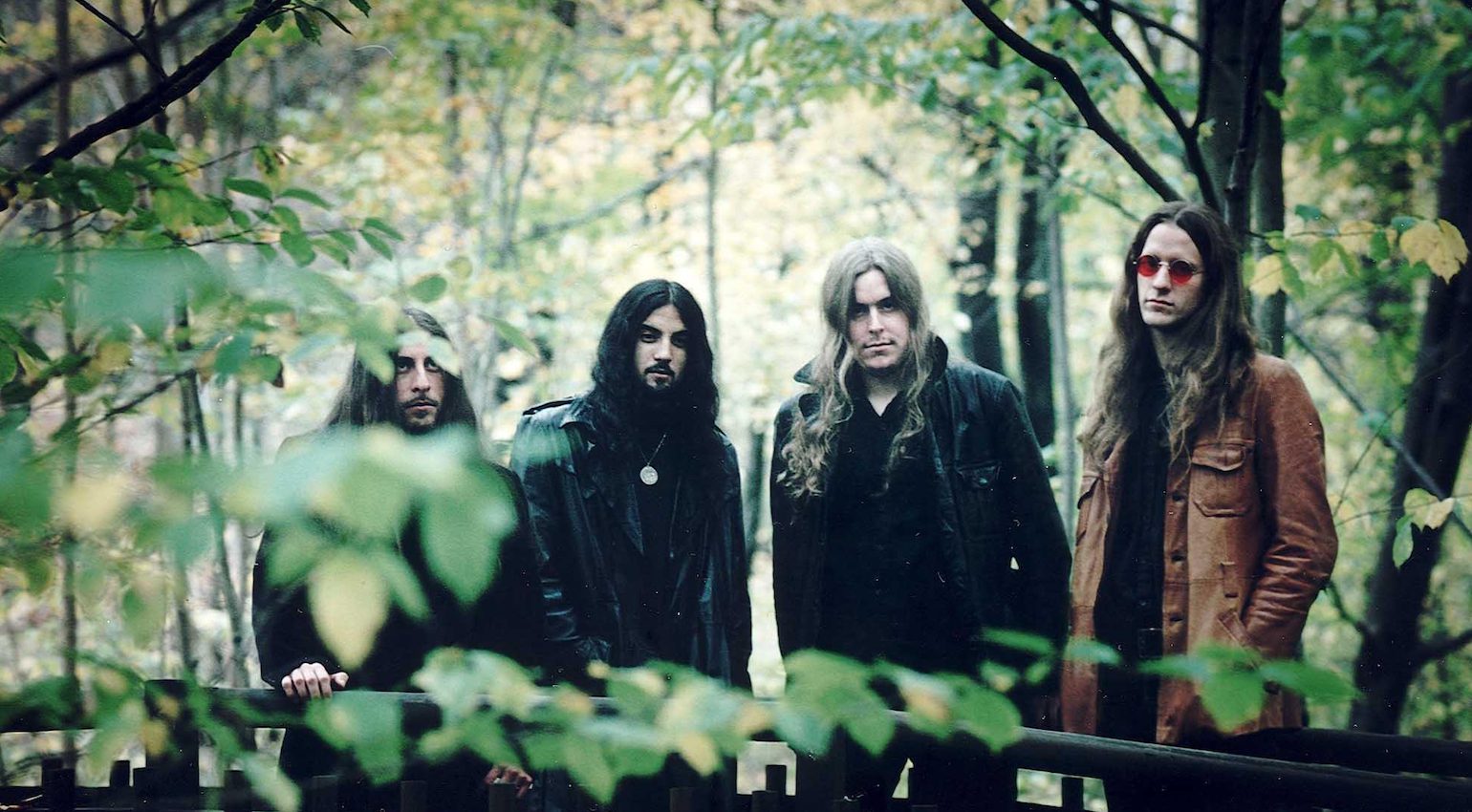
Opeth back in 2000, from left: Martín Méndez, Martín López, Mikael Åkerfeldt, and Peter Lindgren. · Source: Press
The Instruments
Undoubtedly, for an album with such a range of musical influences, the selection of instruments used is surprisingly simple.
For the most part, it is the music’s composition and feel that shines through rather than the gear, which is something we can all keep in mind regardless of the style of music we’re looking to create.
Electric Guitars
If you think that there must have been racks of different guitars used on the recording, then think again! You can replicate the guitar sounds on this album using just two guitars.
Most of the heavier riff work was done on a black PRS CE 24, which Mikael used on every track except Harvest. Meanwhile, a Gibson Les Paul Custom was used by both Peter and Mikael for leads and sustained parts.


Acoustic Guitars
Apart from Harvest, the album has scatterings of acoustic guitar on a few tracks, particularly on clean intros and bridges.
This stands out, especially on The Drapery Falls, which is one of the album’s moodier tracks. These parts were performed on a Seagull S6CW six-string, and a Yamaha 12-string acoustic.

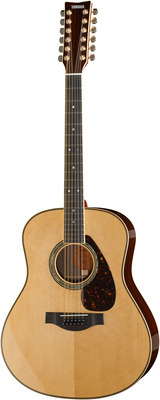
Bass
Martín Méndez played a Marcus Miller Signature Fender Jazz bass, which cut through far better than the bass parts on previous albums.
Apart from the exceptional bass playing, the tonal character of this bass really shines on this album, particularly the way it distorts in the instrument’s upper range.


Drums
The kit that Martín López used, consisted of Ludwig Custom shells with Remo skins, and a selection of Zildjian and Sabian cymbals.
Several vintage MD-421 dynamic mics were used on the toms in close mic positions. These mics have a slightly different EQ curve to the current version, with softer highs and extended low-end response.
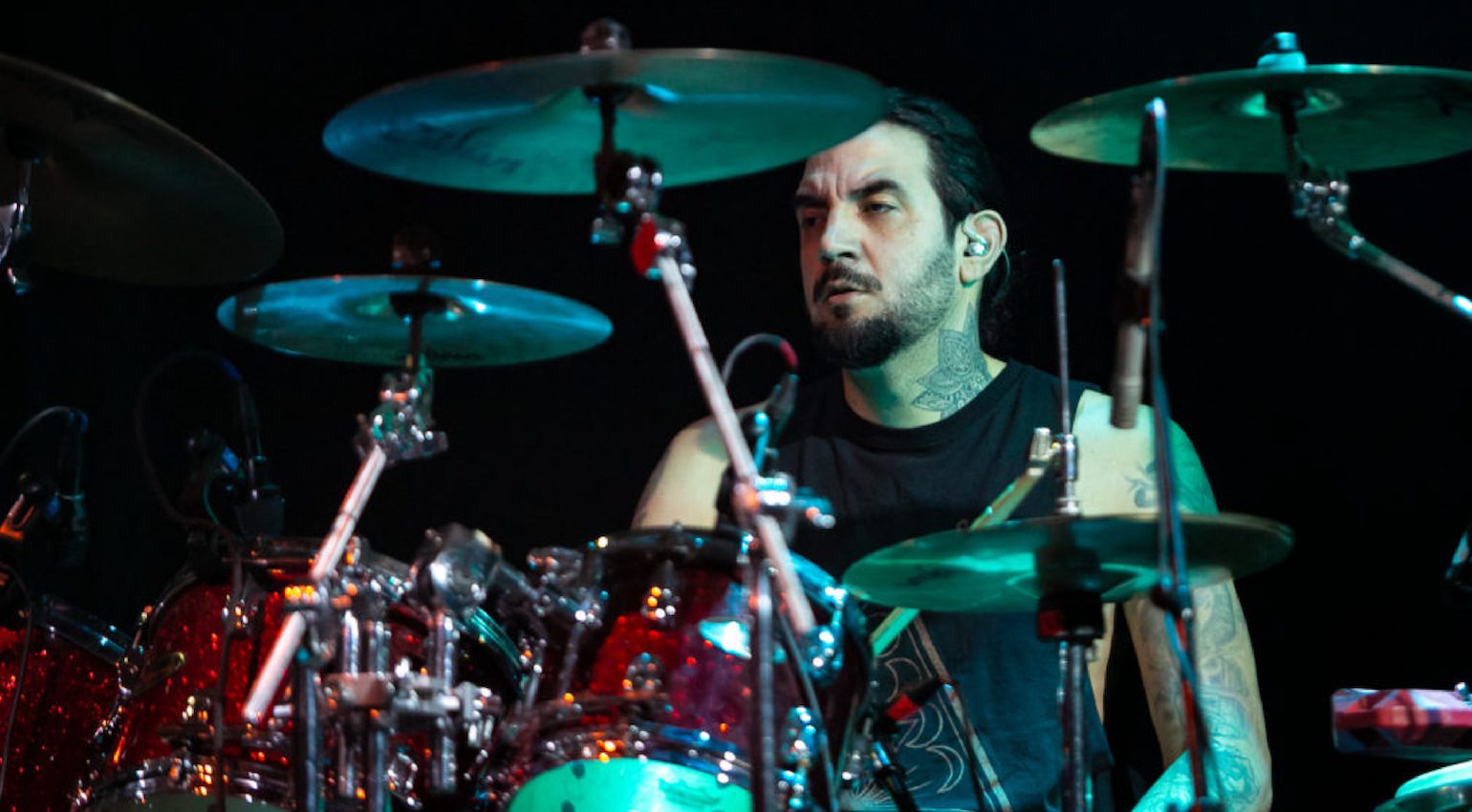
Martín López with his current band, Soen. · Source: Eyescream Productions

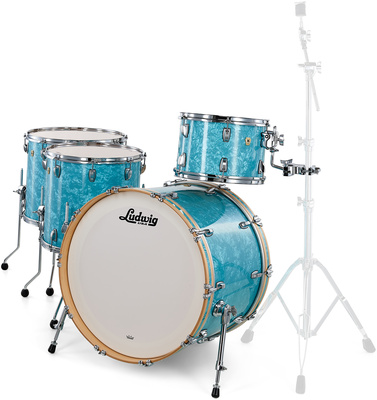


Effects
At this point in time, Opeth kept it relatively simple. The effects used were the Boss GT-3 multi-effects pedal, the EXH Small Stone phaser, and an E-bow. Generally, the use of effects on Blackwater Park is subtle and the affected parts are incredibly well blended with the dry signals, producing a more natural sound.

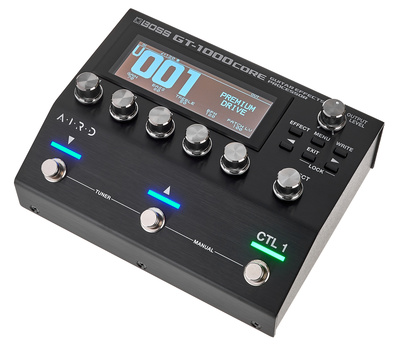

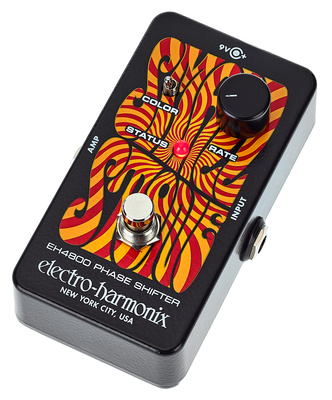
More about Opeth – Blackwater Park:
- Listen to Blackwater Park
- Opeth official page
- Everything vintage
- Thomann guide to acoustic guitars
Videos:
You are currently viewing a placeholder content from YouTube. To access the actual content, click the button below. Please note that doing so will share data with third-party providers.
You are currently viewing a placeholder content from YouTube. To access the actual content, click the button below. Please note that doing so will share data with third-party providers.
You are currently viewing a placeholder content from YouTube. To access the actual content, click the button below. Please note that doing so will share data with third-party providers.

 3,3 / 5,0 |
3,3 / 5,0 | 